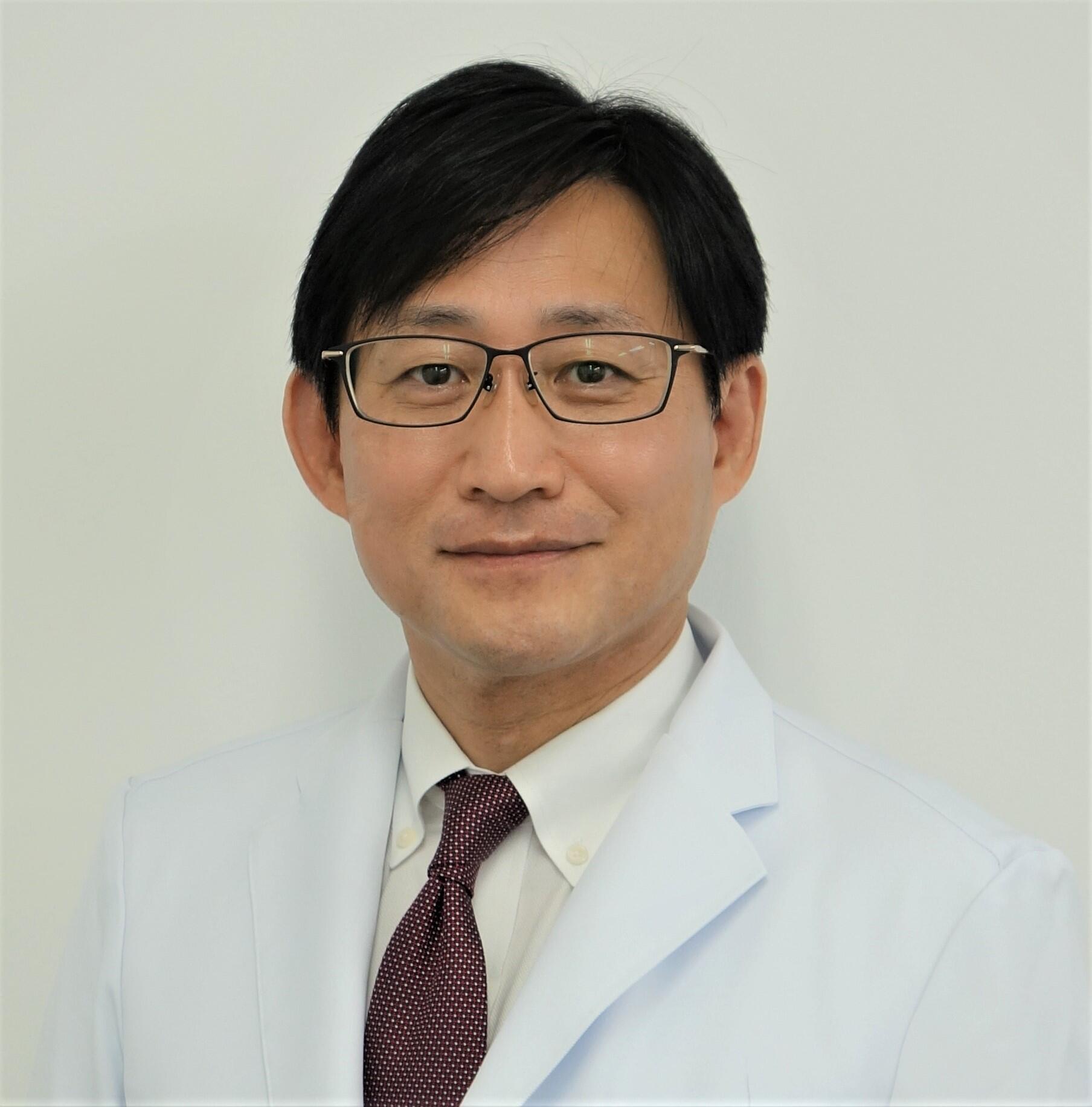Departments and Centers
Cardiac Arrhythmia Center and EP Laboratory

Since its establishment, cardiac arrhythmia treatment has been administered for numerous cases of arrhythmia at Fukuoka University Hospital, contributing to local medical care and dissemination of new knowledge. Currently, arrhythmias and heart rhythm disorders are steadily increasing due to an aging population, and the demand for related medical treatment is increasing. In particular, for non-pharmacological treatment of arrhythmia, we performed catheter ablation using a cutting-edge 3D mapping system, pacemakers, implantable cardioverter defibrillators, and cardiac resynchronization therapy using the latest cardiac implantable devices. To stay aligned with cutting-edge medical treatments and technologies, our center employs a wide range of medical staff, including doctors, nurses, radiology technicians, clinical laboratory technicians, clinical engineers, and other professionals. Our medical departments and divisions include the Department of Cardiology and the Department of Cardiovascular Surgery, the Emergency and Critical Care Center, and the Department of Clinical Laboratory and Transfusion. We provided optimal medical care with a medical care team through cross-sectional cooperation and comprehensive management.
What is arrhythmia (heart rhythm disorder)?
Arrhythmia is an unusual condition that occurs when the electrical activity of the heart exceeds normal limits, and the heart beats too quickly, too slowly, or with an irregular rhythm. In addition, arrhythmias can occur in the absence of abnormalities in the form or function of the heart, and their frequency increases when there are heart abnormalities. Symptoms include palpitations, pulsation defects, shortness of breath, chest pain, fainting, and sudden death, and their severity varies from negligible to life-threatening. Even if you have an arrhythmia, you may not experience any symptoms and only become aware of the arrhythmia when you have an electrocardiogram during a health check or visit a hospital for other physical or mental problems. Therefore, in everyday life, it is necessary to detect abnormalities through self-checking of the pulse and health checkups. In daily clinical practice, it is necessary to detect or predict arrhythmias as much as possible through physical examinations and electrocardiograms, and to accurately evaluate and respond appropriately.
Features and characteristics
The diagnosis is made via an electrocardiogram.
Treatments can be broadly divided into two categories: nonpharmacological and pharmacological.
Catheter ablation (non-pharmacological therapy)
The diseases covered included atrial tachyarrhythmias, such as atrial fibrillation/flutter, atrial tachycardia/premature complexes, and ventricular tachyarrhythmias, such as premature complexes and ventricular tachycardia. Using state-of-the-art 3D mapping systems, we identified the circuits and sources of arrhythmias and treated them with a variety of energy sources, including radiofrequency, cryocoagulation, and pulsed fields. Currently, approximately 300 catheter ablations are performed annually.
Implantable cardiac electrical devices (non-pharmacological therapy)
Pacemakers are used to treat bradyarrhythmias, such as sick sinus syndrome and atrioventricular block. Implantable cardioverter defibrillators (ICDs) are used to treat life-threatening arrhythmias, such as polymorphic ventricular tachycardia and ventricular fibrillation. Cardiac resynchronization (biventricular pacing) therapy is used for heart failure that occurs or worsens due to electrical asynchrony. Approximately 200 implantable cardiac electrical device surgeries are performed annually. Recently, we have been administering cutting-edge medical treatments, such as leadless pacemakers, conduction system pacing, and ICDs, where both the leads and the device are implanted subcutaneously. An implantable electrocardiogram may also be used to identify the cause of unexplained syncope or cerebral infarction. We provide acute care for cases of cardiac arrest in cooperation with the Emergency and Critical Care Center and continue with chronic-phase evaluation and treatment.
Cardiac arrhythmia surgery/cardiovascular surgical approach (non-pharmacological therapy)
Surgical treatment is also performed according to the necessity and indications for complex arrhythmias, such as atrial fibrillation associated with ischemic and non-ischemic heart disease, and arrhythmias caused by various mechanisms. For patients requiring extensive epicardial approaches or complications from ablation therapy, we provided treatment in cooperation with the Department of Cardiovascular Surgery.
Drug therapy
We provide acute and chronic anti-arrhythmia drug treatment using not only antiarrhythmic drugs such as pilsicainide, bepridil, verapamil, beta-blockers, and amiodarone, but also anticoagulants for thrombosis caused by atrial fibrillation, antihypertensive drugs, and anti-heart failure drugs such as SGLT-2 inhibitors.

